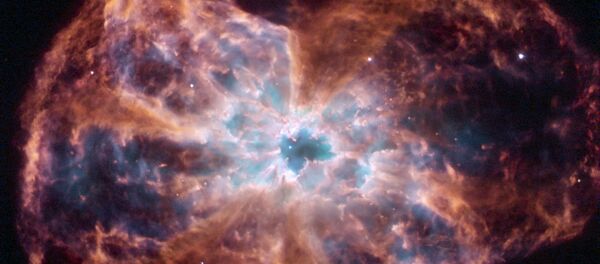While it’s hard to tell from our planet’s vantage point, the Milky Way is made of hundreds of billions of stars all swirling around a supermassive black hole at the galactic center. These stars are not spread evenly across the galaxy, but rather collect into dense arms separated by relatively empty stretches of space.
A new paper highlights the Milky Way’s galactic “bones,” dense strings of gas on which these arms are constructed.
Curiously, however, the study also found these filaments in unexpected places, including at the edges of these arms and even in the spaces between.
"By revealing a relatively complete (in the searched region which is about half the Galactic plane) and a statistically significant sample, we are now confident with the statistics," Ke Wang, an astronomer with the European Southern Observatory and lead author on the new paper, told Space.com.
"We find that most large filaments concentrate along major spiral arms, but only about 30 percent of them run along the center of spiral arms."
The study identified 54 of these bones, only 9 of which were previously discovered. Eventually, scientists will be able to map the entire galactic skeleton.
"[The astrophysical community is] really at the start of revealing the whole population of these kinds of filaments in the entire galaxy," Wang said.
The report speculates that there are roughly 200 filaments in in the galaxy.
Scientists are still unraveling how the bones form and how they affect galactic evolution.
"With the observations so far, including ours and other teams’ works, we are now at the starting point of answering this question," Wang said.
"The community is excited about these large filaments, and there are more ongoing observational and theoretical works. I think in a few years we may have an answer."





